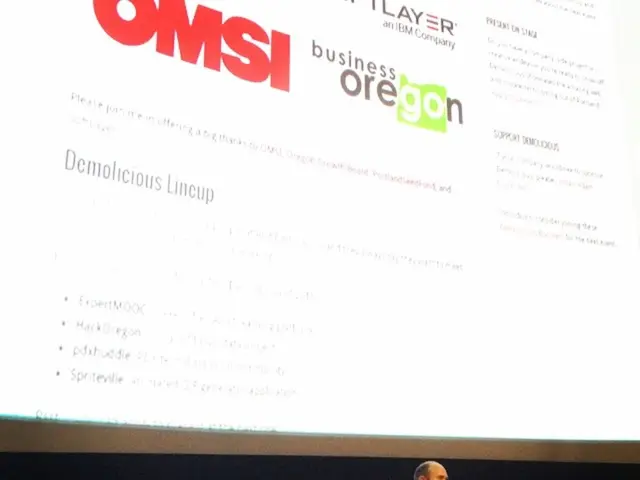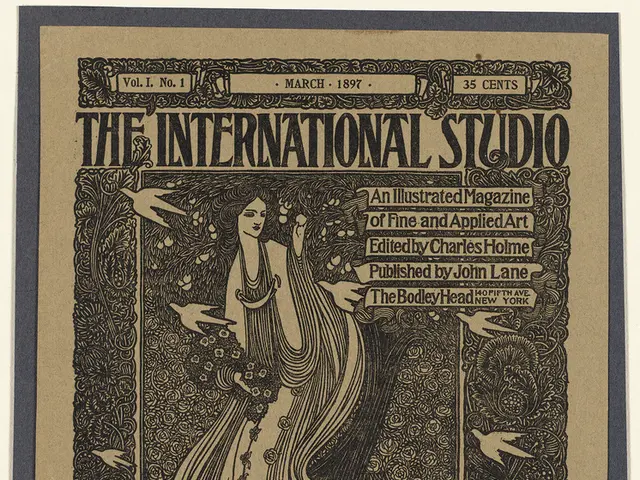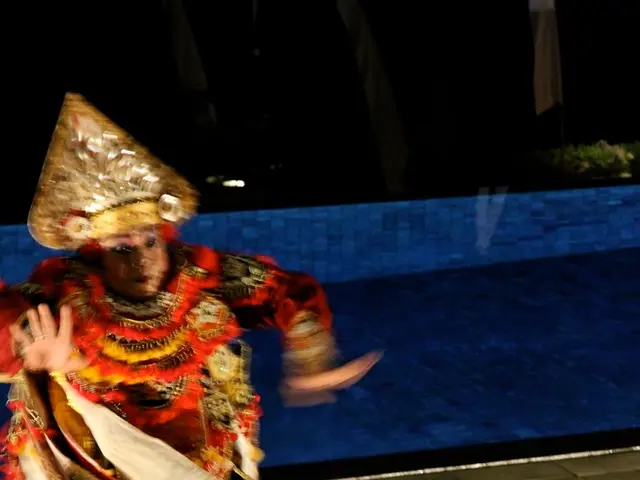Narrative Inversion Techniques: Exploring Stories that Loop Back for Intentional Impact
Narrative flips are more than just plot shifts. They're profound moments that reframe the narrative, sending readers back to reevaluate earlier events.
In a narrative flip, the story's essence crystallizes, not just its direction. It's not about trickery, but trust. Trust in the reader to absorb the shift. To follow the thread. To see the story unfold, then refocus behind them.
Narrative flips depart from plot twists in their promised depth. While a twist sends us spiraling into "what happens next," a flip delves into "why does it matter?"
There're various types of narrative flips, each offering emotional and thematic payoffs:
- Character Revelations: A character's new layer dismantles everything we knew about them. Instead of seeing nobility, we see moral ambiguity. Instead of trust, we feel grief. Instead of admiration, we confront reckoning.
- Emotional Reversals: What once felt like triumph now resonates as tragedy, or vice versa. The journey was rarely about goals, but acceptances.
- Thematic Inversion: A story's essence gets flipped to explore deeper realities, not to contradict established themes, but to challenge our perception.
- Hidden Motives: A character's actions mysteriously make sense when their underlying intentions are exposed. Resentment vanishes, replaced by empathy or sorrow.
- Structural Reversals: The story's construction mirrors itself, making readers question cause and effect.
To craft impactful narrative flips, follow these guidelines:
- Plant Subtext, Not Clues: Scatter emotional cues throughout the story, subtly hinting where the narrative will flip.
- Let the Character Discover It First: Allow the reader to learn alongside the character, building empathy and maximizing the emotional impact.
- Use Objects or Echoed Moments: Physical items and repeated actions can carry significance that shifts across context, acting as emotional detonators when the flip happens.
- Let the Shift Be Thematic, Not Just Factual: A thematic flip retains the essence of the narrative while challenging perceptions, creating a richer and more meaningful story.
Strive for narrative flips that build trust with the reader, deepen character development, and enrich themes without disrupting the story's integrity.
Legendary works like Never Let Me Go, Arrival, and Atonement showcase the power of narrative flips, asking readers to engage with stories in new and surprising ways. As writers, we should aim to create narratives that challenge and inspire our audience, encouraging them to look beyond the surface and embrace the transformative potential within the story.
In the realm of literature and entertainment, narrative flips can be found in various genres, such as lifestyle articles discussing character developments, fashion-and-beauty write-ups diving into thematic inversions, books exploring emotional reversals, and movies presenting hidden motives. These flips not only offer sudden twists but also invite readers to delve deeper, question their perceptions, and engage in thought-provoking conversations about books, fashion, and life itself.
Having mastered the art of narrative flips, writers are able to craft compelling narratives that encourage readers to reflect on the stories they consume, fostering a connection between the story and the reader that extends beyond the initial read. This results in a more immersive and transformative reading or viewing experience, leaving audiences inspired and eager for their next literary or cinematic adventure.








